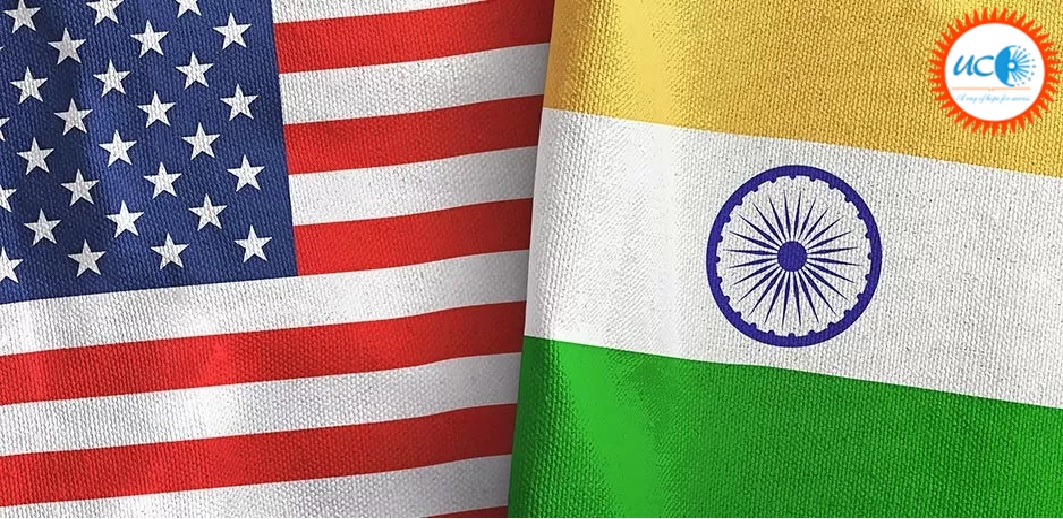Highlight the Indo-US relations in the changing geopolitical scenario. Discuss the nuances between the relation of two countries. (250 words)
Approach
- Start your answer by briefly introducing changing geopolitical world order.
- Discuss the need for strong Indo-US ties in these changing times.
- Discuss cooperation and challenges of Indo-US relations.
- Conclude accordingly.
Introduction
There has been churning of new world order, as the old-world order that was established after the collapse of the Soviet Union and rise of unipolar hegemony of USA, as we can see the changing dynamics in present scenario, like rise of multipolarity pushed by the rise of assertive China with second largest economy after US, other poles include Russia, Middle east, India and major African & American countries.
Need for strong Indo-US ties in these changing times:
With rise of chaos in the world like flexing of muscle by Russia by invading Ukraine and Chinese salami slicing tactics with its Neighbours. Therefore, in these turbulent times Indo-US partnership could help in navigate these trouble waters by providing support to each other and unleashing their untapped potential in different sectors.
Body
Cooperation between India & USA:
- India and the United States cooperate closely at multilateral organizations, including the United Nations, G-20, Association of Southeast Asian Nations (ASEAN) Regional Forum, International Monetary Fund, World Bank, and World Trade Organization.
- The United States welcomed India joining the UN Security Council in 2021 for a two-year term and supports a reformed UN Security Council that includes India as a permanent member.
- Together with Australia and Japan, the United States and India convene as the Quad to promote a free and open Indo-Pacific and provide tangible benefits to the region.
- India is also one of twelve countries partnering with the United States on the Indo-Pacific Economic Framework for Prosperity (IPEF).
- India is a member of the Indian Ocean Rim Association (IORA), at which the United States is a dialogue partner.
- In 2021, the United States joined the International Solar Alliance headquartered in India, and in 2022 the United States Agency for International Development (USAID).
- Further, the United States supports India’s emergence as a leading global power and a vital partner in efforts to safeguard the Indo-Pacific as a region of peace, stability, and growing prosperity.
Nuances of Indo-US relation:
- Strong Indo-Russia Relations: Russia is not a new factor in this relationship. India has chosen to increase, rather than reduce, import of its meagre crude oil supplies from Russia, being offered at a discount.
- The India-Russia defence relationship has also been an irritant in the Indo-US relationship.
- The CAATSA law has been part of the discussion for a long time on India’s purchase of the S-400 Triumf missile defence system from Russia.
- Cooperation with China: In recent years, China had looked at Indian moves in the region through the prism of their U.S. policy, but India’s stance on Ukraine has triggered a rethink in Beijing.
Conclusion
India is emerging as a leading player in an international system that is undergoing an unprecedented transformation. It shall use its present situation to explore opportunities to further its vital interests.
India and the US are strategic partners today in the true sense of the term – a partnership among mature major powers that is not seeking a complete convergence but managing differences by ensuring a continuous dialogue and channelizing these differences into crafting new opportunities.






